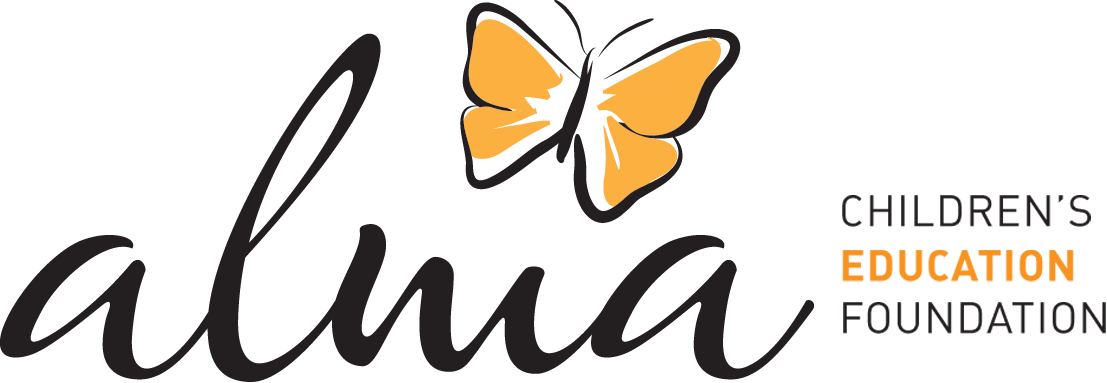We talk a lot about creating a link between fun activities and academic metrics as a way of reinforcing and enriching the lessons in the classroom. It is, in fact, the very basis of many of our newer projects (and some still yet to come)! Nevertheless, it is sometimes hard to fully grasp what we mean when describing the process; so I decided that for this blog, I will provide a real example.
It all starts with a seemingly simple question: What does it take to create a story?![IMG_20140924_140651_947[1]](https://www.almafoundation.ca/wordpress/wp-content/uploads/2014/12/IMG_20140924_140651_9471-300x168.jpg)
I asked the children in the Tuksa Bilbioteca Project this question yesterday when I took over the class in order to 1) move the children forward towards their goal of creating short movies by the end of the school year and 2) provide a real-life training workshop for our hired teacher on how to link movie creation with reading comprehension and creative writing.
It is a more complicated question than one would think, especially for the children in Tuksa who have rarely, if ever, have been asked to produce a brand new story using only their collective imagination. Therefore, we decided to start with a real experience and move forward from there.
September 23rd was both the first day of Spring and National Students’ Day here in Peru. To celebrate, the students in Tuksa went trout fishing in the river (el Rio Yanamayo – “Black River” in Quechua) that runs through their community. Using this recent experience as a setting for our story, we then went on to create characters, a situation that presents a problem, a solution to the problem, and a takeaway value for our story. We did so by discussing our story line-by-line as the children themselves created, wrote (or illustrated, depending on the literacy level), re-read, and eventually performed and filmed it.
The outcome was a fun day during which the kids were able to create a story, perform and film it. They also, however, learned how stories are structured and their necessary components; practiced spelling and punctuation; practiced creative writing; practiced reading out loud; tested their reading comprehension by acting out what they read (having to understand the deeper meanings of the words in order to perform them); and even learned new techniques for using the cameras (keep the light behind you, speak loud enough so the camera can hear you, etc.)
There are learning opportunities in almost every activity. In the Tuksa Biblioteca Project, we aim to illuminate those moments in order to improve the reading comprehension of the students while allowing them to follow their own creativity path.
Ian McGroarty

![IMG_20140924_134658_838[1]](https://www.almafoundation.ca/wordpress/wp-content/uploads/2014/12/IMG_20140924_134658_8381-300x170.jpg)
![IMG_20140924_140733_451[1]](https://www.almafoundation.ca/wordpress/wp-content/uploads/2014/12/IMG_20140924_140733_4511-300x168.jpg)
![IMG_20140924_134935_920[1]](https://www.almafoundation.ca/wordpress/wp-content/uploads/2014/12/IMG_20140924_134935_9201-300x168.jpg)
![IMG_20140924_150602_348[1]](https://www.almafoundation.ca/wordpress/wp-content/uploads/2014/12/IMG_20140924_150602_3481-168x300.jpg)